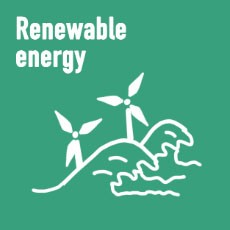Industry, Innovation and Infrastructure

The aim of SDG 9 is to implement modern industrial policies and compliance with global standards and norms. It promotes environmentally sustainable growth through greening industries and their facilities via cleaner production technologies and resource-efficient methods and innovation.
Concepts and case studies under SDG 9 are as follows:
Marine resources
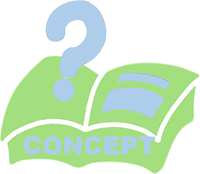
Marine resources are materials and attributes found in the ocean that are considered to have value, whether that value is intrinsic or monetary. They include a huge number of things: biological diversity, fish and seafood supplies, oil and gas, minerals, renewable energy resources, tourism potential and unique ecosystems like coral reefs (Qamar , 2018). The ocean is the largest ecosystem on Earth; it is the planet’s life support system. Oceans generate half the oxygen we breathe and contain more than 97% of the world’s water. For this reason, the diversity and productivity of the world’s oceans is vital for humankind (Marine Conservation Institute, 2019).
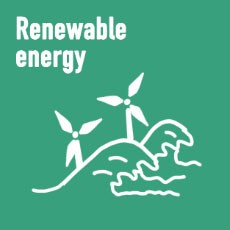
Marine renewable energy
Environmental justice and law
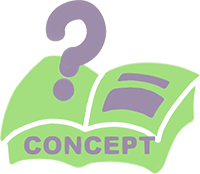
Environmental law, also known as environmental and natural resources law, is a collective term used to describe the network of treaties, statutes, regulations, common and customary laws that address the effects of human activity on the natural environment. The core environmental laws focus on environmental pollution. A related, but distinct set of regulatory regimes now strongly influenced by environmental legal principles, focuses on the management of specific natural resources, such as forests, minerals or fisheries (LegalSutra, 2017).

How the carbon trading scheme worked in China
Renewable energy
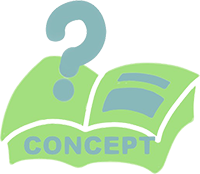
Renewable energy refers to energy generated from sources that are naturally replenishing but flow-limited. Unlike fossil fuels, such as coal and oil, renewable energy will never run out. Renewable energy is virtually inexhaustible in duration but is limited to the amount of energy available per unit of time (U.S. Energy Information Administration, 2018). It is abundant in the environment, and can come from the sun, wind, running water, waves and biomass. Another important advantage is that renewable energy does not emit greenhouse gases or atmospheric pollutants during the process of generating electricity (GovHK, n.d.).
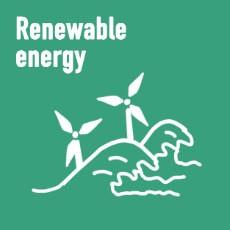
Renewable energy in Iceland and Hong Kong
Green technology
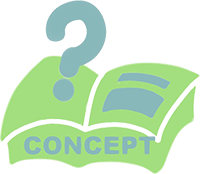
Green technology is a type of technology that is environmentally friendly. Its main purpose is to conserve nature, tackle problems related to the depletion of natural resources and to repair the negative impact of human activities, such as pollution and environmental degradation. The term ‘green technology’ is also known as ‘environmental technology’ or ‘clean technology’. These technologies are used in various aspects of our lives: from renewable energy and power storage, smart building innovations, green living technology, to smart transportation and mobility, waste management and recycling (Dasy, 2016; Babbitt, 2017).

Closed-loop economy

The closed loop model is a biomimetic (life-imitating) approach, which takes nature as an example and considers that systems should work like organisms, processing nutrients that can be fed back into the cycle—hence the terms 'closed loop' or 'regenerative' used to describe it. The closed-loop economy is also called the 'circular economy' and it is an industrial system that is restorative or regenerative by design. It replaces the ‘end-of-life’ concept with restoration, shifts towards the use of renewable energy, eliminates the use of toxic chemicals, and waste by improving the design of materials, products, systems and business models (Ellen MacArthur Foundation, 2016).
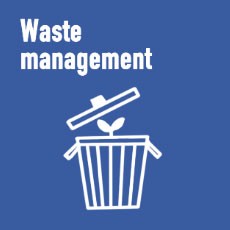
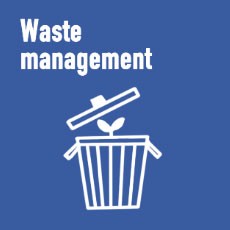
How sustainable fashion contributes to the closed-loop economy?
Sustainable innovation
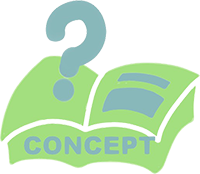
Sustainable innovation is a process whereby sustainability considerations (environmental, social and economic) are integrated into all company processes from idea generation through to research and development (R&D) and commercialization. It can be applied to products, services and technologies, as well as new business and organization models (Charter, 2007). Sustainable innovation is a new and evolving area that also relates to eco-innovation, which is any form of innovation that makes significant and proven progress towards the goal of sustainable development, by reducing impacts on the environment or by achieving a more efficient and responsible use of natural resources, including energy (Competitiveness and Innovation Framework, 2007 to 2013).

Clean air – SMOG FREE PROJECT


